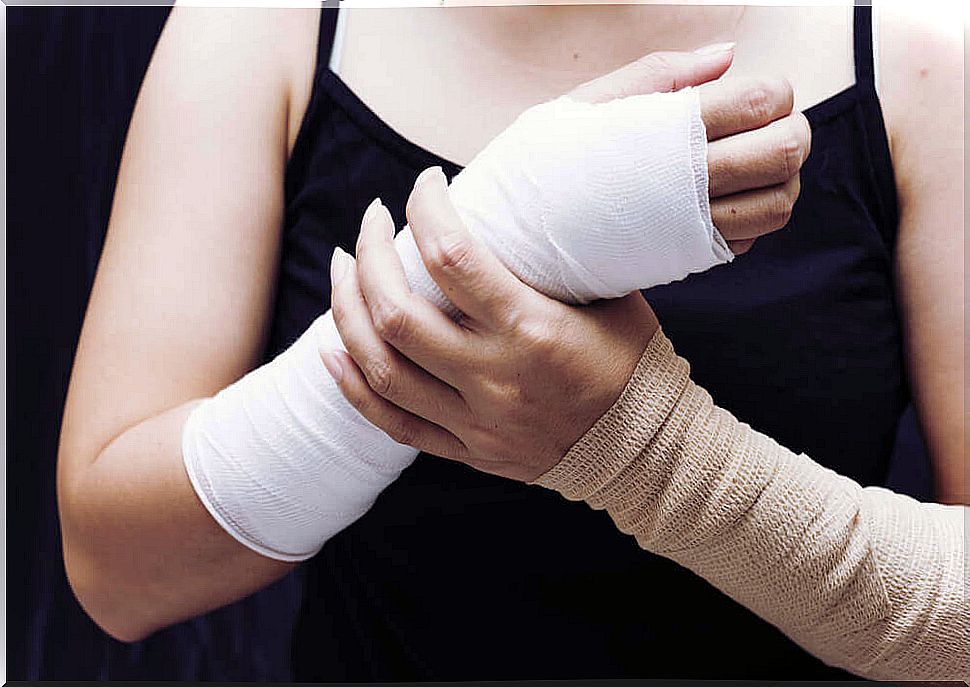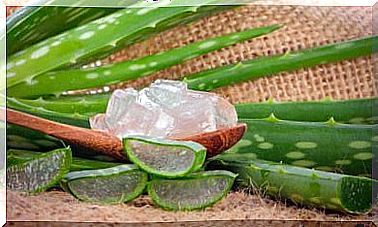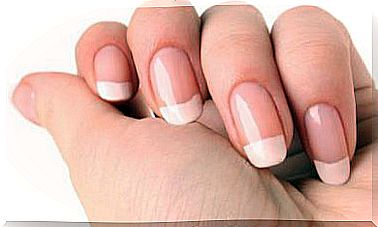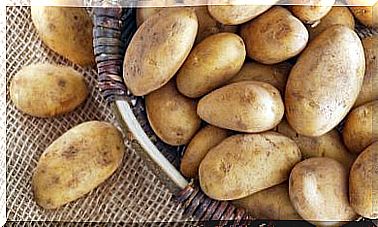Casts And Splints: Uses And Care
Casts and splints serve to protect parts of the body that have suffered some type of injury. This helps speed up the healing process by limiting movement, and also helps decrease pain. The material they are usually made of is plastic, cloth, plaster or fiberglass.
The difference between casts and splints, although their role is the same, has to do with the inflammation of the injury. If this is present, a splint will be the best option, as it will allow an adequate and comfortable fit to avoid circulation problems and increased pain.
As soon as the inflammation subsides, the splint is usually replaced by the cast. This is harder and more compact, which provides better protection for the injury, whether it has been caused by a sprain or a broken bone.
Cast and splint care
Although the materials are usually different, and the casts and splints are used in different circumstances, the care is the same for both. Next, we will discover what we need to take into account.
1. Keep them dry

Although today we can find some waterproof cast or splint, the vast majority are not. Therefore, we must be especially careful with wetting them. What to do when we shower or bathe? Cover the area with a plastic bag or a cover recommended by the doctor.
If the cast or splint gets wet and the moisture reaches the inner layer, which is in contact with the skin, it will not dry easily. This can lead to rashes or rashes, itchy skin, and in extreme cases, even an infection.
2. Don’t try to scratch yourself
The itching and stinging, which sometimes occurs with casts and splints, can be excruciating. If this has ever happened to you, you have probably tried to pick up a pencil or other sharp object that would allow you to scratch the skin. This is a mistake, as these materials can get trapped and lead to infection.
One of the ways to reduce this itchy sensation is to take a blow dryer and blow cool air into the cast or splint. Although the stinging will not completely subside, it will at least provide some relief.
3. Pay attention to cracks
Casts and splints sometimes crack and this can lead to some problems. Therefore, we must also monitor if there is any part that has been deformed by a small blow or if there is any area that we feel is softer than the rest.
A cast or splint with these features can cause sores and increased swelling and pain. Checking them every day and paying attention to any possible redness of the skin is imperative so that the injury does not get worse.
4. Alter the material as little as possible
It is customary to draw pictures or ask friends to write a dedication on the plaster. Although this is not a problem, it can be the fact of tearing or removing the part of cotton that is in contact with the skin.
This could lead to serious sores. Try not to alter the material. However, you can write about it without problems. It is best to use a permanent marker to get as little dirt on the cast or splint as possible.
Sensations that you should not ignore
In addition to all the care that we have mentioned, we must be attentive to various sensations that we should never ignore, as they can seriously endanger our health. Some of them are the following:
- The fingers or toes tingle because they go numb.
- We lose sensation in the extremities.
- The skin begins to turn blue, white, or purple.
- The skin around the cast or splint is red.
- The injured limb becomes inflamed with the splint or cast on.
All of these situations require immediate medical attention. Letting it go or waiting to see if the swelling, redness, or tenderness goes away can lead to serious problems. If, in addition to all this, there is a fever, an unusual smell or pain that does not subside with the pain relievers recommended by the doctor, you should go to the emergency room.
Casts and splints are usually not a problem. However, it is better to attend to these aspects to ask for help as soon as possible if they appear.









